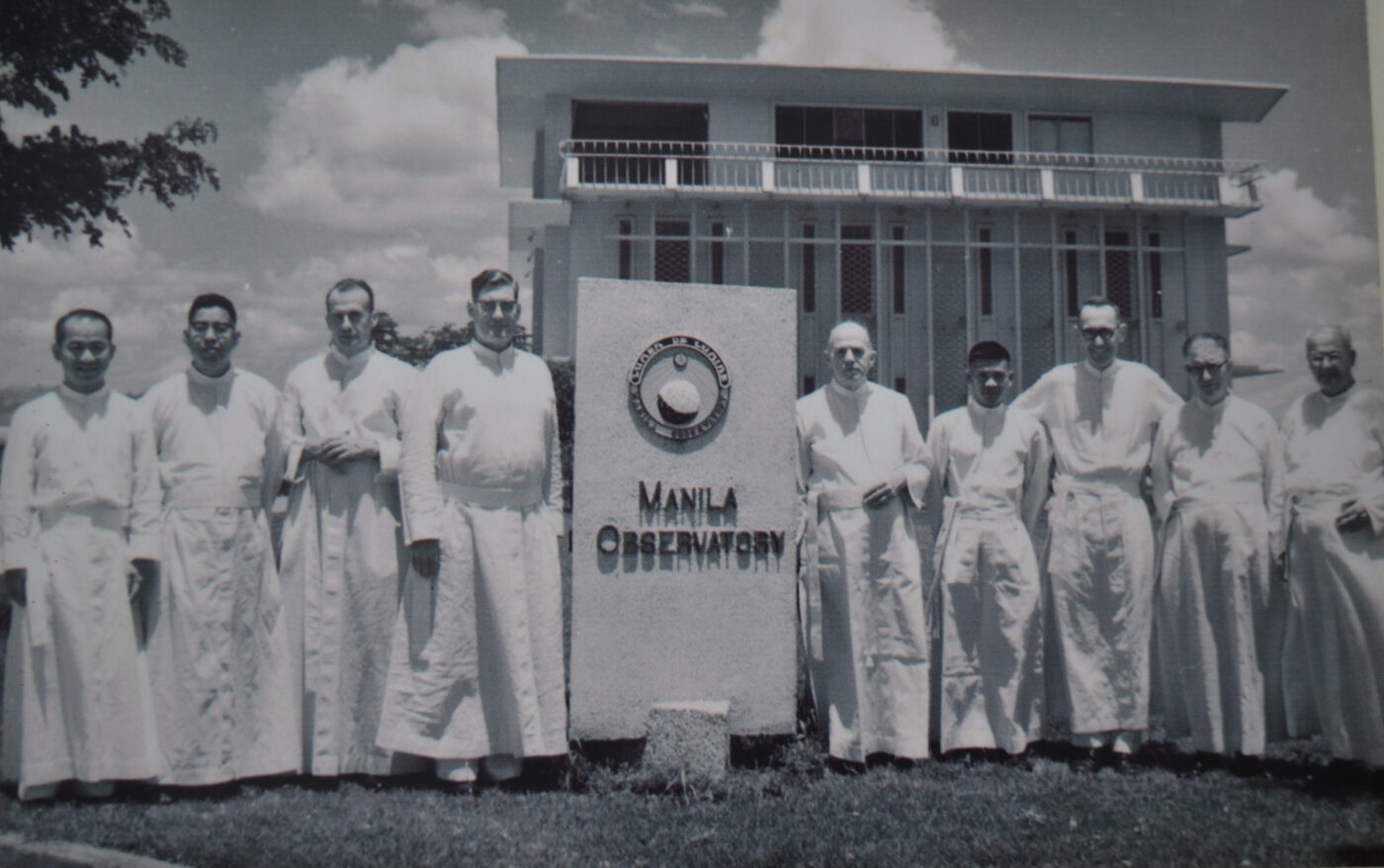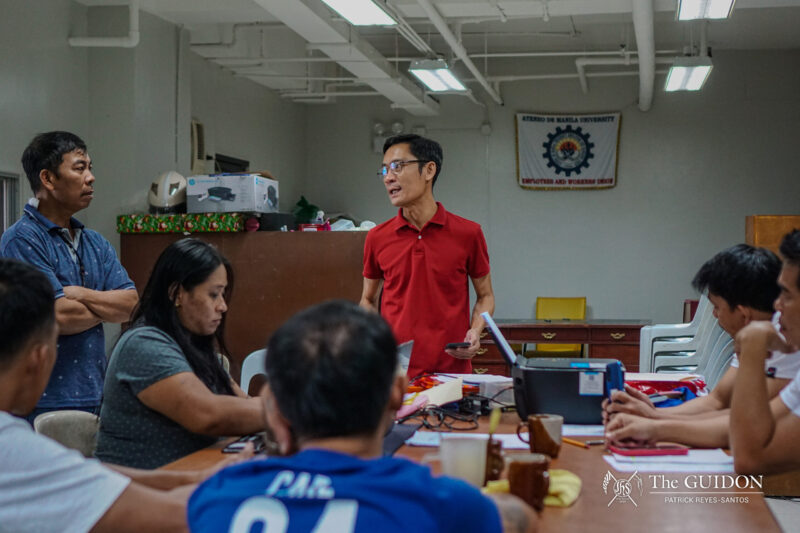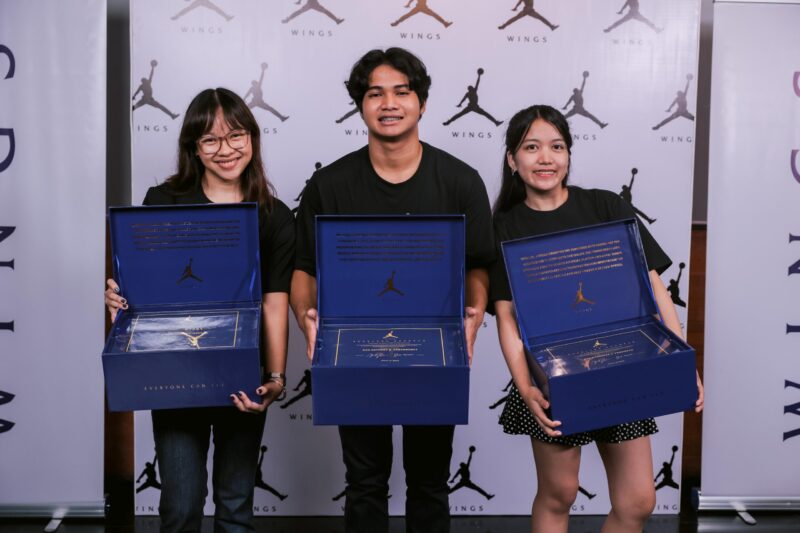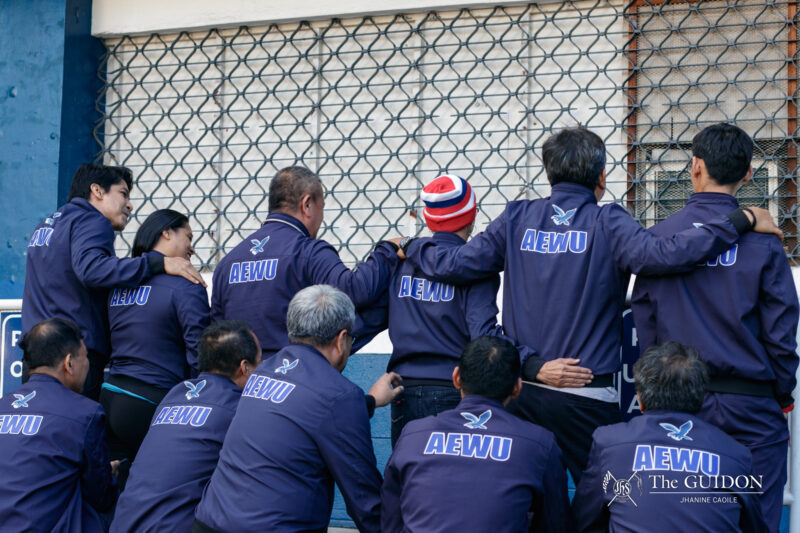THE MANILA Observatory (MO) is celebrating its sesquicentennial year as the first scientific institution in the Philippines.
The MO was founded in 1885 by the Society of Jesus in the Philippines. Members of the MO at that time focused on the new sciences such as Meteorology, Seismology, Geomagnetism, and Astronomy.
The Society of Jesus is a religious order that engages in evangelization and apostolic ministry.
In an interview with The GUIDON, Chairman of the Board of the MO and University President Jose Ramon Villarin, SJ said that the MO has endured because of its members and their inspiration to stay.
“[We are celebrating] a tradition of science impelled by concern for communities, for people, [and] for the welfare of others,” he said.
MO Board of Trustees member and Upper Atmosphere Dynamics Program Adviser Daniel McNamara, SJ, PhD said that since its inception, the MO’s mission has been “to search for the truth about meteorological conditions in the country and to serve the needs of the people as regards to weather and especially severe weather.”
“It appreciated that the country is unique – it exists on the geographic equator, it exists on the magnetic equator, it exists on the meteorological equator and is on the Ring of Fire. This uniqueness was first studied by the MO,” McNamara said.
Meanwhile, MO Executive Director Antonia Yulo-Loyzaga said that the anniversary celebrates the scientific contributions of the institutions through the years.
“We reflect on our beginnings, how we have evolved through the years in response to the needs of the community, as well as to major life-changing events,” she explained.
The Jesuit spirit
To celebrate the event, the MO held three exhibitions to showcase its history, namely Discoveries, Transitions, and Frontiers.
Yulo-Loyzaga said that the exhibitions were “as much about the spread of our Catholic faith and knowledge of our earth as they are about the development of what is Filipino about us.”
“As we learned, the data collected by the Jesuits of the [MO] about the sun, the clouds, rainbows and stars were, and continue to be, framed within the context of our faith and mission,” she said.
According to Villarin, the Jesuits were involved not only in spiritual matters during the creation of the MO.
“We were cartographers, we were explorers. We really went to the frontiers. The Jesuit spirit – the desire to seek God in all things, even secular things, has always been there,” he said.
Villarin said that the MO began as a successful attempt by Frederico Faura, SJ to study the Philippine environment.
“He was fascinated by typhoons. He wanted to understand what these things were [because] they would wreak havoc. [He wanted to know] ‘Where do these things come from? How long do they last?’” Villarin said.
Eventually, Faura became the first man in the Far East to study the laws of typhoons and predict the time of their coming in 1879.
Scientific ventures
As the first scientific institute in the Philippines, the MO was the birthplace of many scientific achievements.
In 1887, Martin Juan, SJ was the first to measure the geomagnetic field in Mindanao and Palawan.
Meanwhile, in 1895, Miguel Saderra Maso, SJ made the first atlas of Philippine quakes and tremors. Four years later, Jose Algue, SJ became the first to view the stars over the Philippines with a 19-inch telescope.
With the MO’s ventures in various fields of science, Villarin considers it the “grandfather” of the Philippine Atmospheric, Geophysical and Astronomical Services Administration (PAGASA) and the Philippine Institute of Volcanology and Seismology (PHIVOLCS).
From 1884 to 1945, the MO served as the Philippine Weather Bureau and as an international time station.
After World War II, the Philippine government decided to create its own weather bureau outside of the MO, thus creating PAGASA in 1972 and PHIVOLCS in 1982.
Upper Atmosphere Dynamics Program Head Quirino Sugon Jr., PhD said that through the MO’s performance in weather forecasting and earthquake monitoring services prior to World War II, “the observatory relinquished its secondary stations in the same way that Jesuits handover the parishes that they founded to the diocesan priests.”
“In this way, the observatory fulfill[ed] its Jesuit missionary character: to go where no man dared to go,” he said.
An enduring institution
According to Air Quality Dynamics and Instrumentation and Technology Development program researchers Obiminda Camabaliza, PhD and Genevieve Lorenzo, the anniversary is about looking back at the institute’s contributions to society.
“The 150th anniversary provided us an opportunity to examine our past and to learn our very rich history,” Cambaliza said.
Lorenzo said that it is an occasion to discern its directions regarding the next frontier of science, faith, service, and excellence.
“[It’s about] appreciating more the value of science in shaping our nation, and even our faith,” she said.
For Regional Climate Systems researcher Richard Antonio, it is important to celebrate the event because it acknowledges the people who contributed to the observatory since its creation.
“It is also a way for us at present to show our gratitude to those who went before us in our chosen fields [and] acknowledging the great contributions of the Jesuits in the field of science,” he said.
The observatory continues to be an institute committed to “finding God in all things” through scientific excellence and service to others, according to Yulo-Loyzaga.
“At 150 [years old], we are now being called to re-commit ourselves to this as our future mission,” she said.







